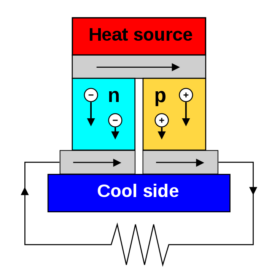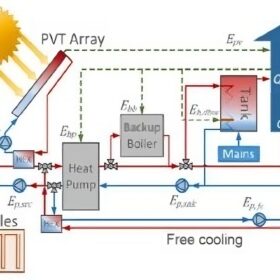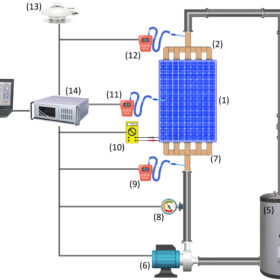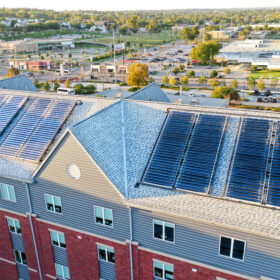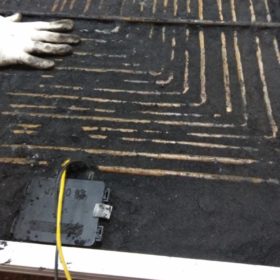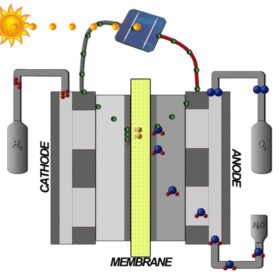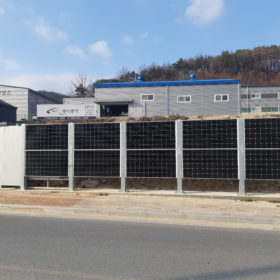Hybridizing thermoelectric generators with photovoltaic ground-source heat pumps
Researchers in South Korea have analyzed the feasibility of using thermoelectric generators in combination with residential solar-assisted ground-source heat pumps and have found that the thermoelectric devices may act as a suitable power source for data loggers and other sensors in a building system.
New design for photovoltaic-thermal panels mitigates risk of cracking
Researchers in Sweden have developed a new PVT module using an aluminum alloy structure between the thermal absorber and the photovoltac cells. This architecture reportedly reduces thermal expansion by 20%, thus increasing the chances of mitigating cracks in the PV unit.
Hybridizing PVT energy with heat pumps, borehole storage
A European research group has tested an energy system combining PVT collectors, a water-to-water heat pump and borehole thermal energy storage in an Italian swine farm and has found the proposed system can completely replace fossil fuel-based power generation.
Hybridizing residential ground source heat pumps with PVT, free cooling
Researchers in Sweden sought to raise the efficiency of ground source heat pumps by combining their operation with that of PVT systems and free cooling. Through a series of simulations, they found that this integrated solution may reduce borehole length and land area requirements.
Using waste heat from PV panels to generate residential hot water
Scientists in the United States has developed a new photovoltaic-thermal system design that utilizes parallel water pipes as a cooling system to reduce the operating temperature of photovoltaic panels. The waste heat generated by this process is then used to generate domestic hot water.
U.S. university deploys high density solar thermal system
US-based Creighton University has equipped a new student residence with solar heat collectors generating an annual peak capacity of 69.9 kW thermal energy. The VirtuHOT HD system, conceived for rooftop applications, includes an absorber plate, a borosilicate glass tube, and an integrated mounting system.
Photovoltaic-thermal module based on biochar-PCM achieves 79.6% efficiency
Indian scientists have developed a panel with an electrical efficiency of 13% and and thermal efficiency of 66.6 %. They built the system with a 100 W PV panel, a rectangular absorber, and a cooling technique based on a phase change material (PCM) that uses biochar derived from water hyacinth.
Solar-driven multigeneration system for hydrogen, electricity, heat
An Iranian research group has developed a system that combines photovoltaic-thermal modules with organic Rankine cycle, a proton exchange membrane electrolyzer, and liquefied natural gas. The ideal system has an exergy efficiency of 16.24%, a cost rate of $4.48 per hour, and 33.32 kW of net electrical power.
Photovoltaic-thermal noise barrier from South Korea
The Korea Institute of Energy Research has developed a 3kW solar noise barrier to produce electricity and heat. The thermal solar modules reduce the operating temperature of the photovoltaic panels by absorbing excess heat.
New method to measure solar-powered hydrogen production
Indian researchers have used an “adaptive neuro-fuzzy inference system” to assess the performance of hydrogen production backed by a photovoltaic-thermal collector. They claim it can be applied to other hydrogen production systems.
